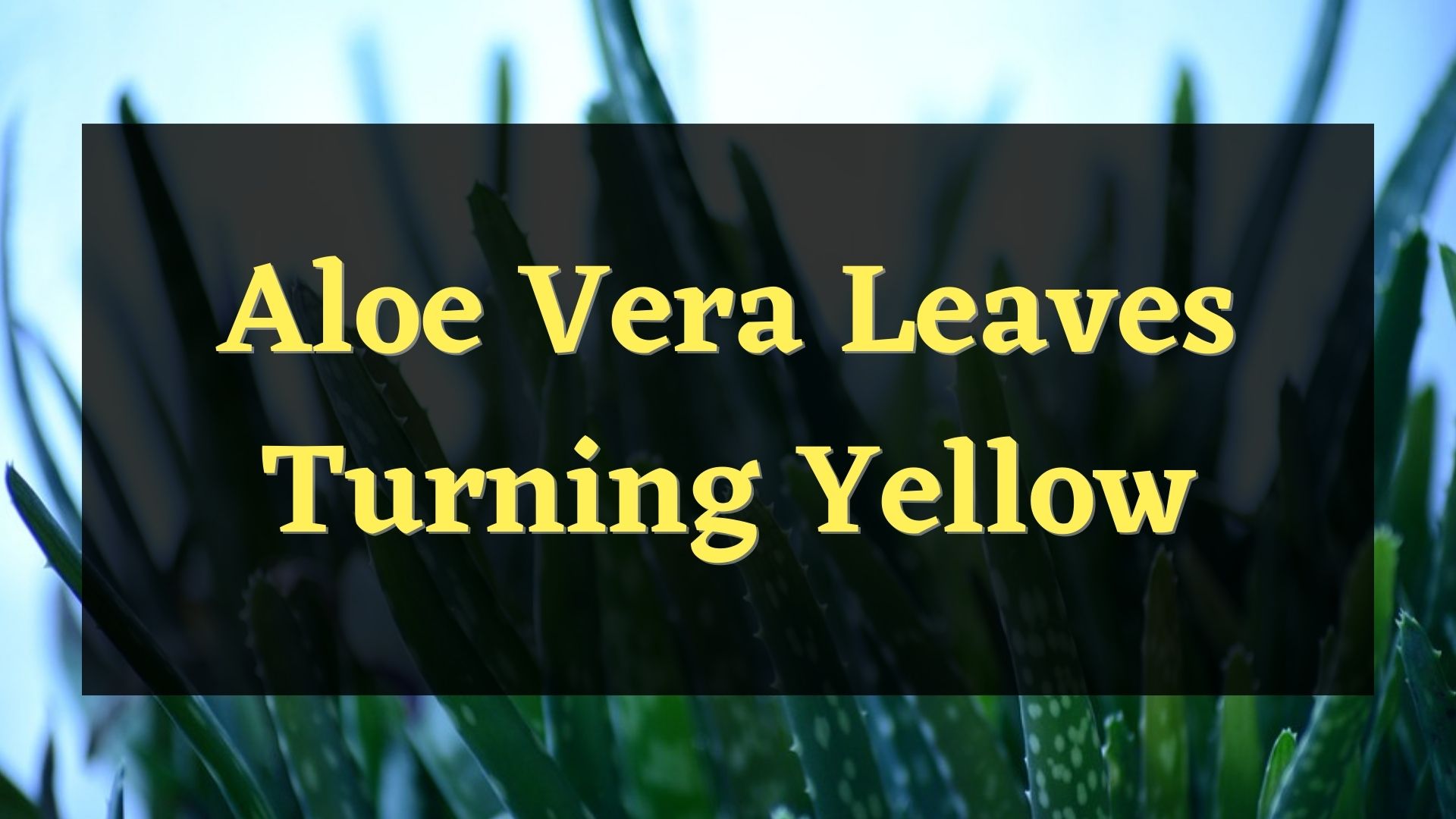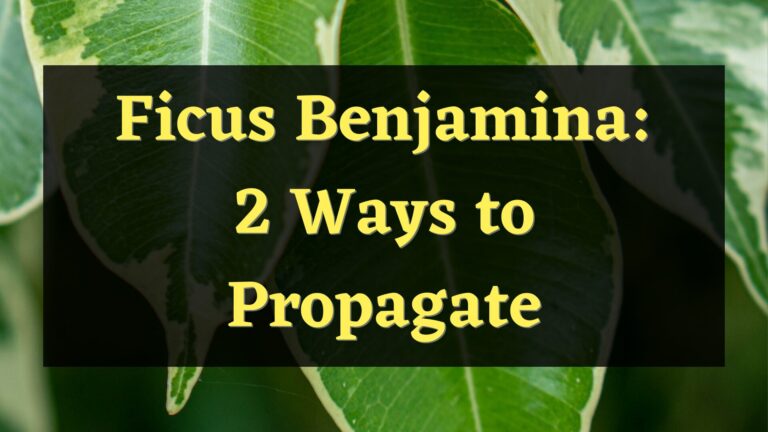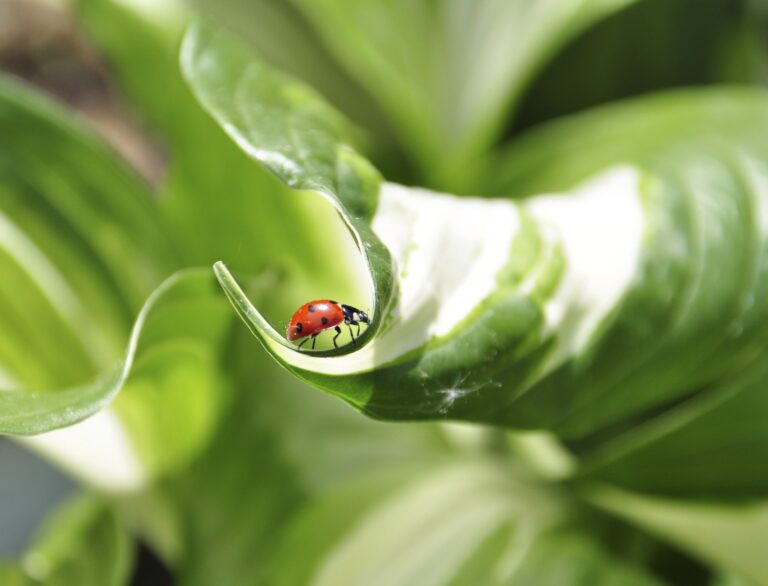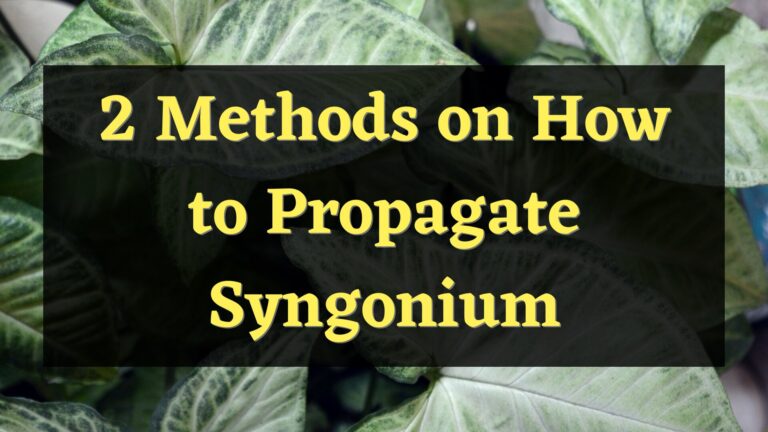Are you having trouble with your aloe vera leaves turning yellow? Then this article is for you. I will discuss why your aloe vera plant’s leaves become yellow in this blog post. And will also include writing about the proper ways to prevent your aloe vera plant’s leaves from turning yellow. The first thing you need to know to prevent it is knowing what’s the root causes of why its leaves are turning yellow.
What Causes Aloe Vera Leaves to Turn Yellow?
Overwatering
Your aloe vera plants turning yellow is a sign of your plant being overwatered. The first sign of an aloe vera plant receiving too much water is its leaves turning yellow. This fading of color will continue until the leaves of your aloe vera plant turn brown and will eventually rot and die.
It is very easy to determine if your aloe vera plant is overwatered. You just have to push your finger into the soil where your aloe vera plant is located and check if the solid is clogged with water.
Overpotting is one of the many causes of waterlogging. Just like all other succulent plants, aloe vera plants need to be grown in soil that drains pretty well when they are grown in pots. Using garden soil in pots is a big no if you want to raise an aloe vera plant. This kind of soil will just become mud in the pot when it gets wet.
Choosing a pot is very necessary for raising an aloe vera plant. If the pot is too large for your aloe vera plant, this will result in slowing down your plant’s growth. This is because aloe vera plants have a small root system and they won’t be able to take up all the water that you will give if the plant is too large.
Sudden Change in Environment
Aloe vera is the kind of plant that is tough and very adaptive but like most plants and even humans, it can also be stressed and will cause the yellowing of leaves if its environment is suddenly changed. Here are some examples:
- If you are growing your aloe vera plant indoors and suddenly transfer it outdoors, it won’t have enough time to adjust to the harsh and direct exposure to sunlight. It will result in burning the leaf tips and gradually turning aloe vera leaves to yellow.
- Unexpected drought can also affect your aloe vera plant in a bad way. An aloe vera plant is very dependent on rainfall. It can become moisture stressed if extended heat waves resulting in drought conditions suddenly occur. You can recognize this very easily as the signs are visible, the tip of your aloe vera leaves will be burnt and will turn yellow or dark brown in color. This will ultimately cause your aloe vera plant’s leaves to entirely dry out.
- A change in season also has a direct effect on the health of your aloe vera plant. When your plant is already adapted to warm weather and a sudden shift to very cold weather occurs, this can cause the plants to have acute stress. Cold-affected aloe vera plants have the symptoms of having yellow leaves and burning of their tips.
How to Prevent Aloe Vera from Turning Yellow?
As many reasons why an aloe vera plant’s leaves can turn yellow in color, but there are also many ways to prevent them from turning yellow. If you start noticing that your aloe vera plant is looking unhealthy, don’t worry because it won’t take so much to bring it back to its healthy and vigorous state if you just take action. The most important part of treating these kinds of sicknesses is to take necessary actions while the problem is still in its early stages.
Here are the ways to prevent your aloe vera plant from turning yellow.
Choosing a suitable soil
Find well-drained soil and transfer your aloe vera plant. The simplest way to keep your aloe vera plant from turning yellow is by using this method. The main cause of the leaves of an aloe vera plant turning yellow is the excess water that is in the soil where your aloe vera plant is located. A well-drained soil will prevent this exact scenario.
Repotting
You can also transfer your aloe vera plant to a pot with drainage holes in them. A pot with at least five drainage holes is recommended for an aloe vera plant whose leaves are already yellow. This kind of pot will help you keep your aloe vera plant from being overwatered. As you water your aloe vera plant, the excess water will flow from these drainage holes instead of being clogged inside the no-drainage hole pots.
Creating Air Pockets
You can loosen the upper part of the soil 1 to 2 inches from where your aloe vera plant is planted. This will create air pockets that will allow air to enter the soil. This can also dry out the soil that causes your aloe vera leaves to turn yellow.
Watering
When watering your aloe vera plant, it is important to water it deeply so that the water will seep beneath the soil properly. It is also important to watch the soil as you water your aloe vera plant. Notice if the soil is still wet on the surface and then water it again if it is completely dry.
Transplanting
If you want to transfer your indoor aloe vera plant to the outside of your house, gradually expose them to increasing levels of sunlight so that it can gradually adapt to its new environment. Aloe vera plants are known to be adaptable and they will be able to fully withstand full exposure to sunlight within several weeks.
Pruning
If your aloe vera plants are struck with droughts, you have to remove the burnt leaves of the plant. Water them regularly to restore the moisture of the soil. You can also consider using seaweed extracts as this will stimulate the growth of your aloe vera plant’s roots and help relieve stress from your aloe vera plant.
Choose a suitable pot
Your choice of a pot is also an important factor that prevents your aloe vera plant from turning yellow. The growth of your aloe vera plant will be slowed down if the pot where you planted your aloe vera is too big for it.
This is due to the fact that all aloe vera plants have relatively small root systems. They won’t be able to absorb all the water that you provide if the pot that you used is too big because all the water you poured will spread all over the soil on the pot and they won’t be able to reach all of it with their short roots.
Measure the Plant’s Water Intake
You should also measure the amount of water that you are giving to your aloe vera plant to prevent its leaves from turning yellow. The average time that an aloe vera plant should be watered is only once every few weeks with only two cups of water.
Although it is better to test the moisture level of the soil where you planted your aloe vera and decide how much water you should give your aloe vera plant. If you notice that the top few inches of the soil are still moist, you should postpone watering your aloe vera plant until next week.
In contrast, if you notice that the soil is already dry before the scheduled watering, don’t hesitate to water your aloe vera plant.
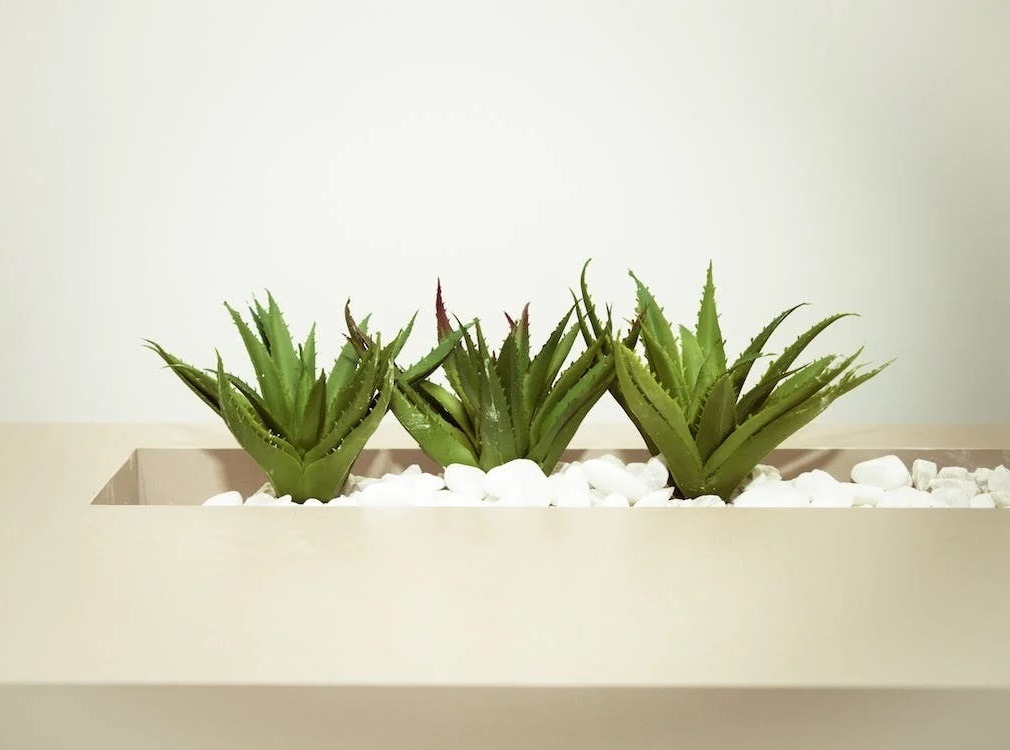
Should I cut the Yellow Leaves on Aloe Vera?
It is totally okay for you to remove the yellow leaves of an overwatered aloe vera plant. But since the aloe vera plant doesn’t have stems, it is not recommended to remove too many leaves of the plant even if it is already yellow in color. The reason for this is even though the leaves are already yellow in color and will soon rot, these leaves are still making food for your aloe vera plant by photosynthesizing.
Some older leaves that are yellow in color just fall off on their own with the slightest touch on them. If it doesn’t, you can try cutting the leaf at its base using a sharp knife. You can just throw these old leaves or you can choose to grow a new aloe vera plant from them. You can also extract the gel that the aloe vera plant’s leaves possess for personal use.
Conclusion
Although an aloe vera plant is very adaptive, this doesn’t mean that they are immune to sickness as well. The leaves of your aloe vera plant might turn yellow for a variety of reasons. However, there are numerous ways to avoid them. You just have to be very alert to early symptoms that might appear in your aloe vera plants so that you can take care of them before it is too late. Also when you are treating your aloe vera plant’s sickness, you must also give it time so that it can recover properly.
Meet Tomas Clayton, a seasoned plant gardener who has been passionate about horticulture since he was a child. Tomas John developed a love for the natural world and a strong appreciation for the beauty of plants while growing up on a farm.

